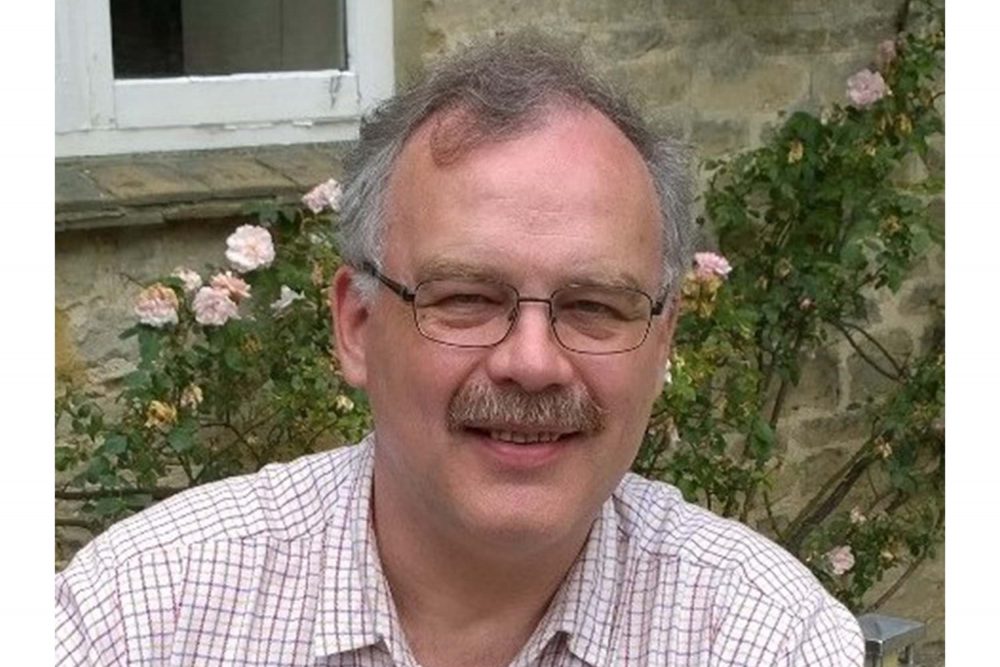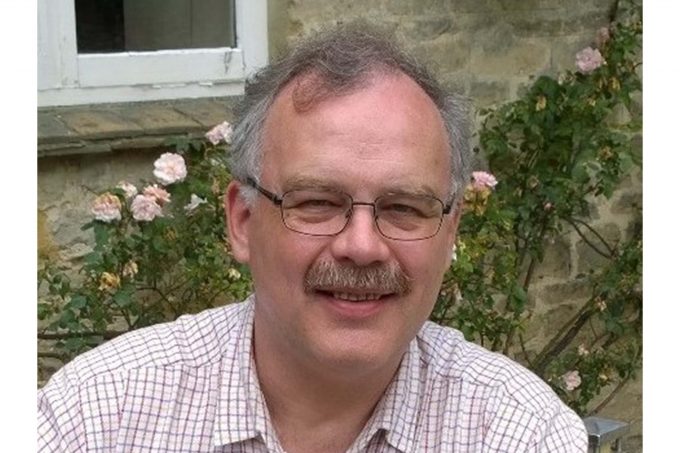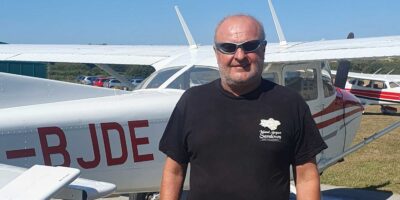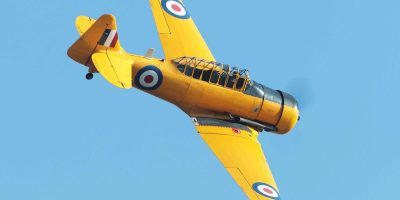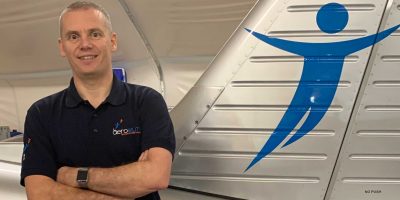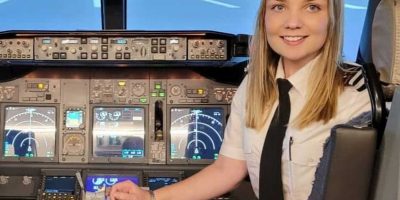How did you get into aviation?
In 1973 I joined the Air Cadets and over the next two years I had eight flights in a Chipmunk. Then the fuel crisis came, which made powered flight training too expensive. I saw an article in a Sunday supplement about hang-gliding and managed to persuade my parents and the headmaster to give me a week off school to go on a hang-gliding course.
How did your training go?
They showed us a video, dangled us from the ceiling of the village hall, and sent us solo. I’d never seen anyone flying a hang-glider before, but I didn’t care. I was 16 and thought I was immortal. We walked up the Steyning Bowl hillside where we were taught how to rig the glider. After flipping a coin with the guy I shared the glider with, I went first.
“They showed us a video, dangled us from the ceiling of the village hall, and sent us solo”
What was it like?
It only lasted 20 or 30 seconds, then I landed at the bottom. We did four more flights that day, working our way further up the hill. All straight lines, although my logbook said, ‘Tried turns, nearly crashed’ about the last flight, I wasn’t afraid. At 16 I was reasonably arrogant, convinced of the aviation knowledge I had accumulated in the Air Cadets. Also, at that time hang-gliders were so slow, it was like flying paper darts. Back home in Cheltenham, I bought a second-hand glider which I flew from the local hills. In the early 1980s, I got into paragliding and microlighting – this time with proper training!
Tell us about your work for GAA?
As GAA’s part-time Programme Manager, I try to keep a handle on all the various ACPs going on, which have increased massively for drone operation. I make sure we’re consulted and nothing falls through the cracks. As part of CAP1616, there’s an obligation for sponsors to consult us. They all do, but the way they do it ranges from really good to atrocious. Everyone’s unhappy with the process at the moment, it’s not working. We’re not anti-drones, but there needs to be a respectful relationship.
Some drone ACPs seem hugely amiss. What can operators do better, and what can the pilot community do in response?
It’s hard to give specific examples, because just like GA, which includes everything from parachutes to light aircraft, drone operation comes in many different flavours. From simple ones used only for aerial photography, to Predator – each has different airspace needs. Most important is to encourage communication between drone operators and the aviation community. We need mutual understanding and sharing of knowledge. Working towards this, the CAA has invited the GAA to make a presentation at their UAS Key Stakeholder Forum on 13 April.


